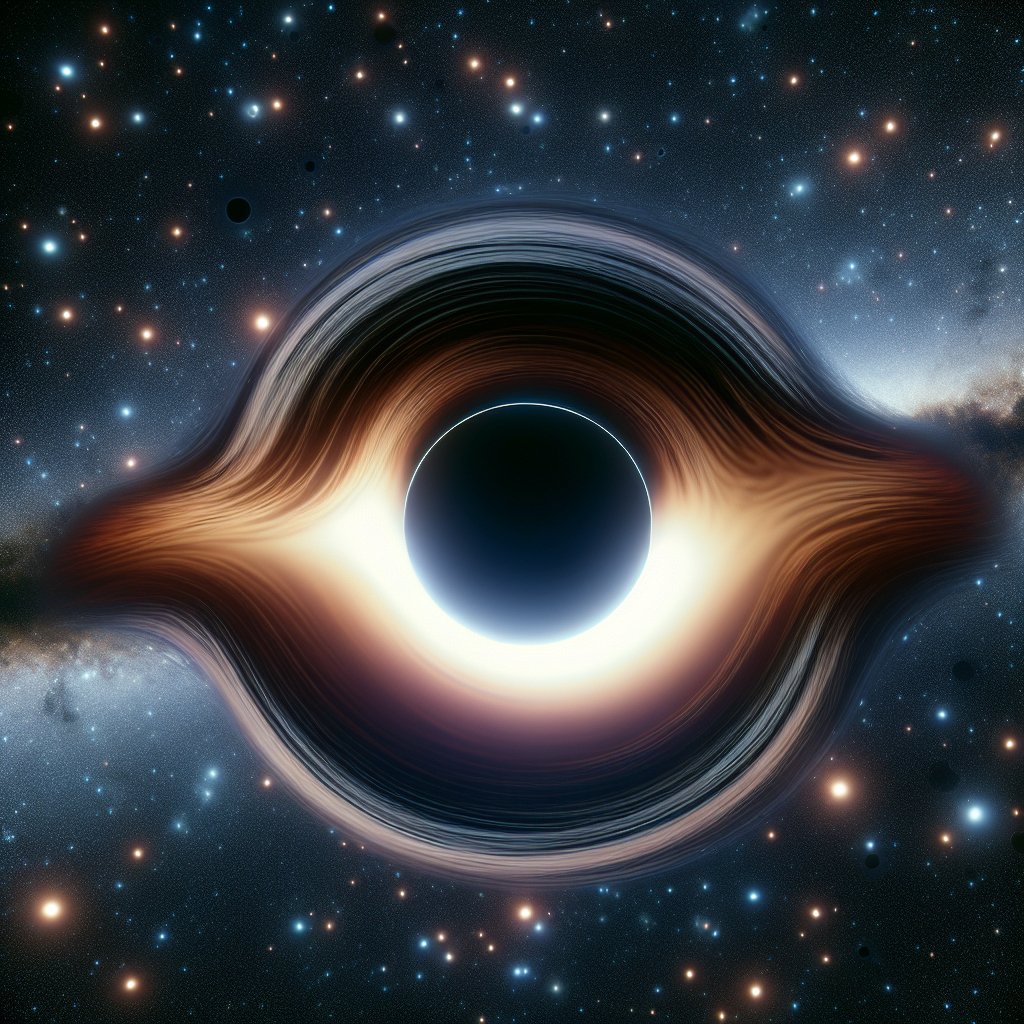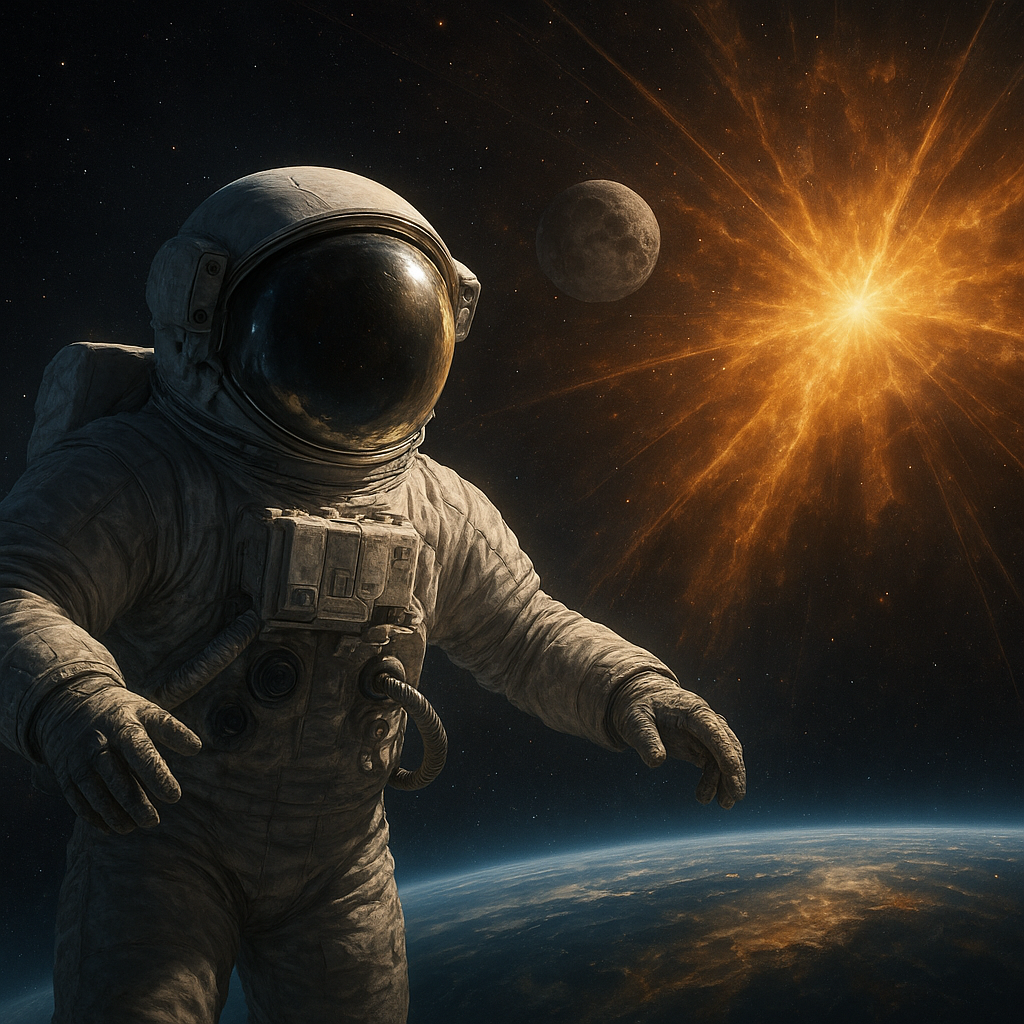The first image of a black hole, captured in 2019 by the Event Horizon Telescope, marked a monumental achievement in astrophysics, offering a glimpse into one of the universe’s most enigmatic phenomena. This groundbreaking image has since paved the way for numerous discoveries and insights, reshaping our understanding of black holes and their role in the cosmos.
The Journey to the First Image
The quest to capture the first image of a black hole was a monumental scientific endeavor that spanned decades. Black holes, by their very nature, do not emit light, making them invisible against the backdrop of space. However, the Event Horizon Telescope (EHT), a global network of radio telescopes, was designed to observe the event horizon—the boundary beyond which nothing can escape a black hole’s gravitational pull. By synchronizing telescopes across the globe, the EHT effectively created an Earth-sized telescope, capable of capturing the silhouette of a black hole against the glowing accretion disk of infalling matter.
The target of this ambitious project was the supermassive black hole at the center of the galaxy M87, located about 55 million light-years away. After years of meticulous planning, data collection, and analysis, the EHT team unveiled the first image of a black hole in April 2019. This image, a glowing ring of light surrounding a dark shadow, confirmed the predictions of Einstein’s theory of general relativity and provided the first direct visual evidence of a black hole’s existence.
Scientific Insights and Discoveries
Since the release of the first black hole image, scientists have gained a wealth of knowledge about these mysterious cosmic objects. One of the most significant insights is the confirmation of the black hole’s size and mass, which closely matched theoretical predictions. This validation of general relativity in extreme conditions has bolstered confidence in the theory’s accuracy and applicability to other cosmic phenomena.
Moreover, the image has provided valuable information about the dynamics of the accretion disk surrounding the black hole. By studying the light emitted by the hot gas spiraling into the black hole, researchers have gained insights into the processes that power quasars and other active galactic nuclei. These findings have implications for understanding galaxy formation and evolution, as black holes are thought to play a crucial role in regulating the growth of galaxies.
In addition to these discoveries, the first image of a black hole has inspired further research into the nature of black holes and their environments. Scientists are now exploring the possibility of imaging the event horizons of other black holes, including the one at the center of our own Milky Way galaxy. These efforts promise to deepen our understanding of black holes and their impact on the universe.
Technological Advancements and Future Prospects
The success of the Event Horizon Telescope has spurred technological advancements in radio astronomy and data processing. The techniques developed for the EHT, such as very long baseline interferometry (VLBI) and advanced data analysis algorithms, are now being applied to other astronomical projects. These innovations are enhancing our ability to observe the universe with unprecedented precision and detail.
Looking ahead, the EHT collaboration is planning to expand its network of telescopes and improve its imaging capabilities. By adding more observatories and incorporating new technologies, the EHT aims to capture even sharper images of black holes and explore their properties in greater depth. These efforts will not only advance our understanding of black holes but also contribute to broader scientific inquiries into the nature of space, time, and gravity.
In conclusion, the first image of a black hole has opened a new chapter in astrophysics, providing a wealth of insights and inspiring future research. As scientists continue to unravel the mysteries of black holes, we can expect to gain a deeper understanding of the universe and our place within it.










